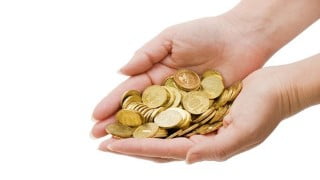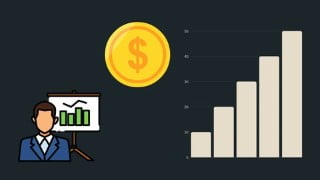Basics of Monetary Economics
Learn the basics of economics, from barter to the evolution of money. This course is perfect for students, working professionals, and economists.
What you’ll learn
- Barter and evolution of money
- Functions and significance of money
- Monetary standards
- Value of money
- Quantity theory of money
- Income theory of money
- Rate of interest
- Demand for money
Students and working professionals who wanted to know about the basics of economics can enroll into this course. The introduction part begins with explaining about the barter system which was prevalent in those days and briefs about the difference between barter system and monetary economics. Multiple choice questions are added at appropriate places to test your knowledge and real life examples gives the readers an idea of how to implement few concepts practically.
Increasing difficulties and inconveniences of the barter system led to the invention of money. As the society developed, the division of labor and specialization increased and, as a result, the volume of production and trade expanded. In such conditions, the barter system of direct exchange between various commodities created difficulties, such as the problem of double coincidence of wants, the problem of a common measure of value, etc. To overcome these difficulties, money was invented.
The origin of money is not known because of the non-availability of recorded information; it is deep-rooted in antiquity. The evolution of money has been a secular process and shall continue to remain so, but the development of money in the present form can be historically traced as it has passed through different stages in accordance with the growth of human civilization.
Money consists of legal tender money and bank money. Money is the perfect liquid asset and can be directly used for making purchases of goods and services. Near-money refers to all those assets which possess many of the characteristics of money, have a high degree of liquidity and can inexpensively be converted into money. Near-money cannot be directly used for making transactions. They must first be converted into money proper before spending.
Who this course is for:
- Students
- Working professionals
- Economists / Policy makers
User Reviews
Be the first to review “Basics of Monetary Economics”
You must be logged in to post a review.







There are no reviews yet.